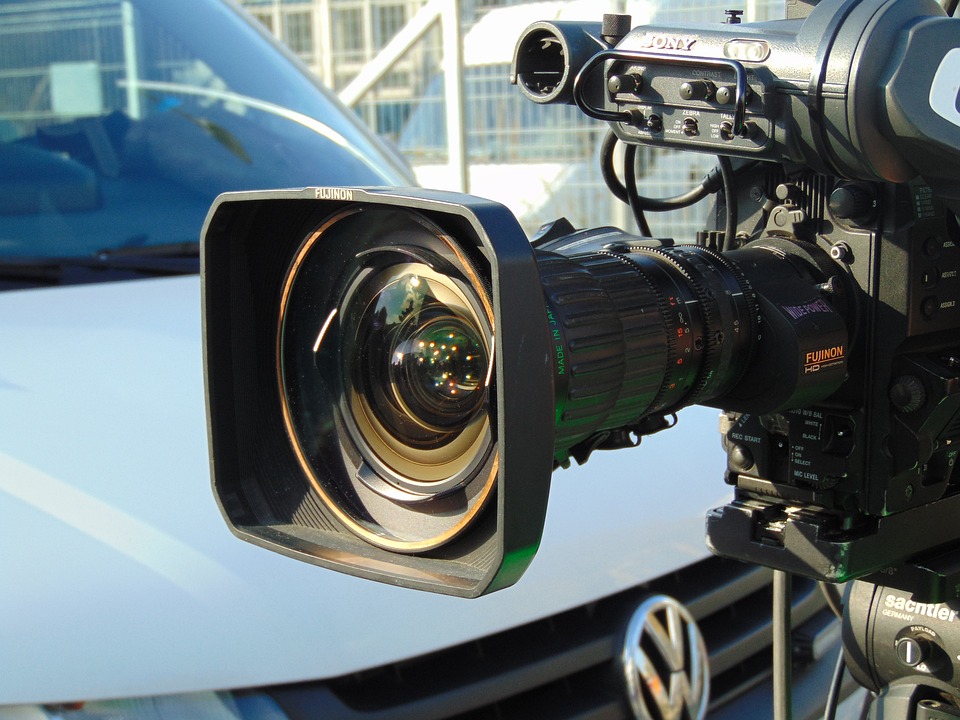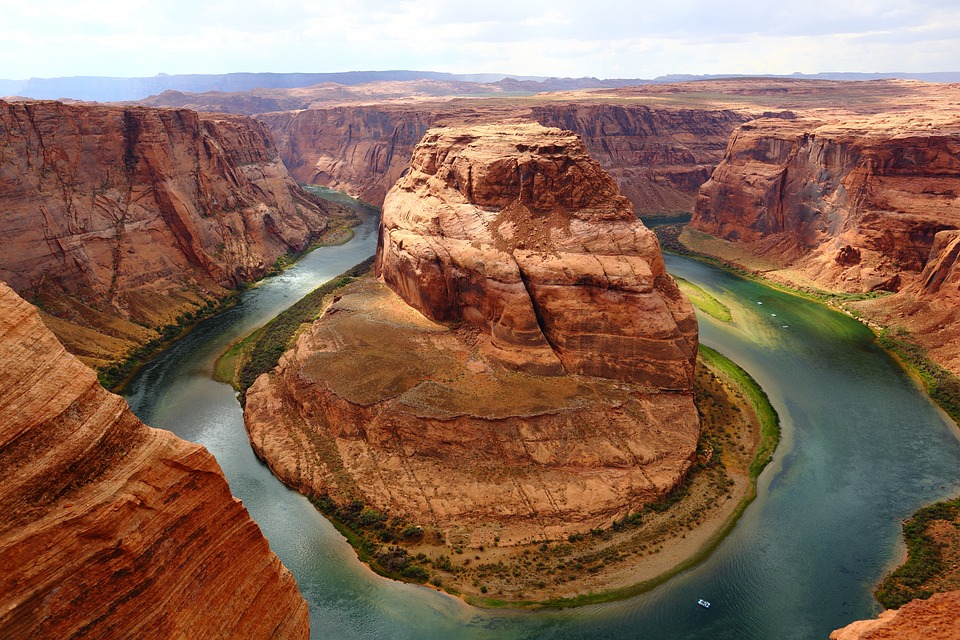Exploring Diversity in Global Media Representation
In today’s globalized world, the media plays a crucial role in shaping our perceptions and understanding of different cultures, races, religions, and identities. However, the representation of diversity in the media has been a point of contention for decades, with many arguing that there is still a long way to go in terms of accurately and authentically portraying the rich tapestry of human experiences.
The Importance of Diversity in Media Representation
Diversity in media representation is crucial for several reasons. Firstly, it helps combat stereotypes and misconceptions about marginalized groups by showcasing their stories and perspectives in a more nuanced and accurate manner. For example, the representation of LGBTQ+ characters in popular TV shows and movies has helped to humanize and normalize their experiences, challenging harmful stereotypes and prejudices.
Furthermore, diversity in media representation allows individuals from underrepresented groups to see themselves reflected in the media, which can have a powerful impact on their self-esteem and sense of belonging. When people see characters that look like them or share similar experiences on screen, it validates their identity and helps to break down barriers to success and inclusion.
Challenges and Limitations
Despite the growing awareness of the importance of diversity in media representation, there are still significant challenges and limitations to achieving true inclusivity and representation. One of the main challenges is the lack of diversity behind the camera, with many media industries still dominated by white, male voices. This lack of diversity in decision-making positions can result in a narrow and limited perspective being portrayed in the media.
Another challenge is the presence of stereotypes and tropes that continue to persist in mainstream media representations of marginalized groups. For example, black characters are often portrayed as criminals or drug dealers, perpetuating harmful stereotypes and reinforcing existing prejudices. Similarly, women are often portrayed as damsels in distress or hypersexualized objects of desire, limiting their representation to narrow and outdated stereotypes.
Strategies for Improving Diversity in Media Representation
Despite these challenges, there are several strategies that can be employed to improve diversity in media representation. One of the most important steps is to increase the representation of marginalized voices both on-screen and behind the scenes. This can be achieved by providing opportunities for writers, directors, and producers from diverse backgrounds to tell their stories and share their perspectives.
Another key strategy is to challenge and disrupt existing stereotypes and tropes in media representations. This can be done by actively seeking out and promoting diverse and authentic portrayals of marginalized groups, as well as holding media organizations and content creators accountable for perpetuating harmful stereotypes.
Examples of Diverse Media Representation
There have been several notable examples of diverse media representation in recent years that have helped to challenge stereotypes and promote inclusivity. For example, the TV show “Pose” has been widely praised for its authentic portrayal of the LGBTQ+ community and transgender characters. The show, which features a predominantly LGBTQ+ cast and crew, has been lauded for its groundbreaking representation and storytelling.
Similarly, the movie “Black Panther” was celebrated for its groundbreaking representation of black superheroes and African cultures. The film, which was directed by Ryan Coogler and featured a predominantly black cast, was a commercial and critical success, breaking box office records and winning several awards.
Conclusion
In conclusion, diversity in media representation is crucial for promoting inclusivity, challenging stereotypes, and celebrating the rich diversity of human experiences. While there are still significant challenges and limitations to achieving true diversity in media representation, there are also strategies and examples of progress that can serve as a roadmap for future initiatives. By amplifying marginalized voices, challenging stereotypes, and promoting authentic and diverse portrayals, we can create a media landscape that reflects the true diversity of our world.



